I first visited Geneva in early 2023, during the off-season when the city’s usual tourist crowds had thinned out. The crisp winter air and quiet streets gave me a chance to explore this Swiss gem at my own pace, discovering hidden corners I might have missed during the busy summer months.
What makes Geneva special is how it manages to be both distinctly Swiss and wonderfully international at the same time. From the peaceful shores of Lake Geneva to the historic Old Town with its cobblestone streets, from the buzz of the international district to the charming neighborhood cafes where locals gather for their morning coffee – Geneva offers something new around every corner.
Looking for the best spots to check out in Geneva? I’ve put together this list based on my recent stay, combined with insider tips from local friends who’ve shown me their favorite places in this remarkable city.
Jet d’Eau
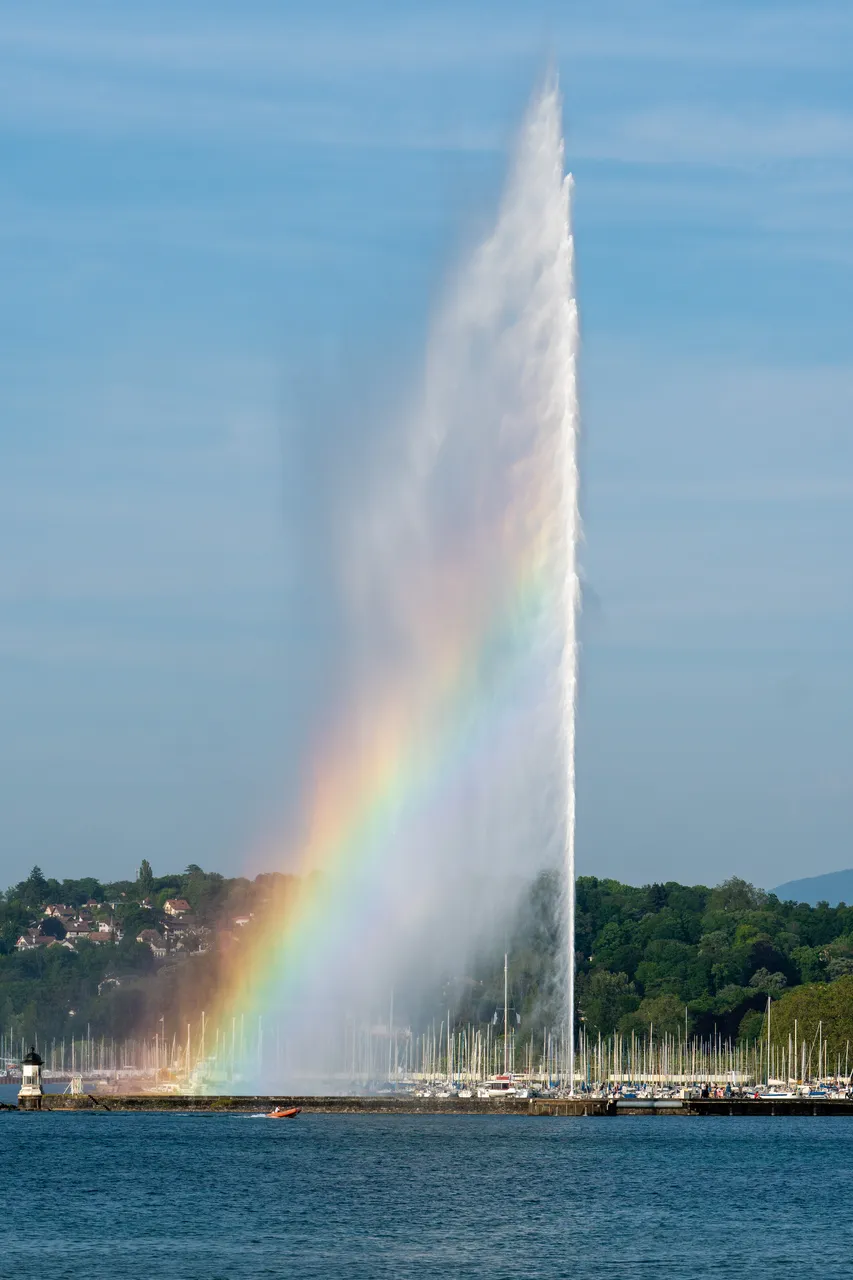
Skip the regular tourist spots and head straight to Geneva’s most famous landmark – the Jet d’Eau fountain that shoots water 140 meters into the sky. This powerful water jet pumps 500 liters of water per second, creating a spectacular display that you can see from almost anywhere in the city. Take a walk along the pier to get up close (just watch out for the spray on windy days!), or snap photos from the nearby Jardin Anglais. For the best views, visit at night when the fountain is lit up, turning the water stream into a glowing white column against the dark sky. It’s a perfect spot for those Instagram-worthy shots that’ll make your friends back home jealous.
Palais des Nations
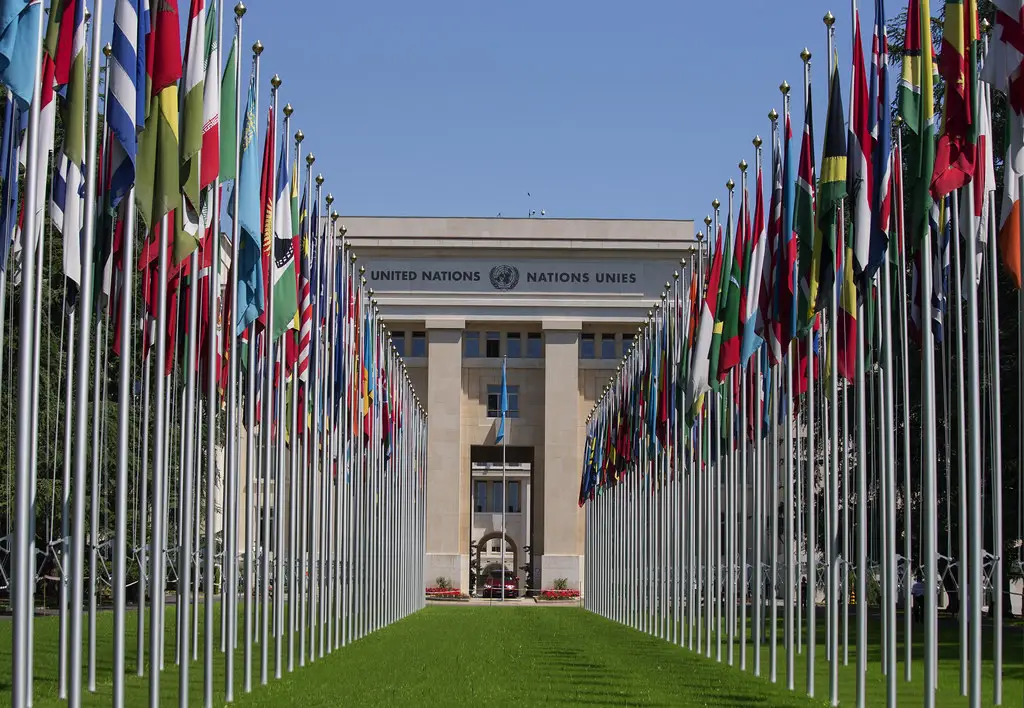
Have you ever wondered where global diplomacy happens in Switzerland? The Palais des Nations in Geneva stands as Europe’s second-largest UN headquarters after New York, drawing over 100,000 visitors each year. Home to the United Nations Office, this historic building complex tells the story of international cooperation since the League of Nations days in 1929. You can join guided tours to see the Assembly Hall where crucial world decisions are made, explore the perfectly manicured gardens with their iconic “Broken Chair” sculpture, and walk the same corridors as world leaders. The building’s 34-hectare park, filled with peacocks roaming freely among century-old trees, offers a peaceful escape from the city bustle.
Lake Geneva
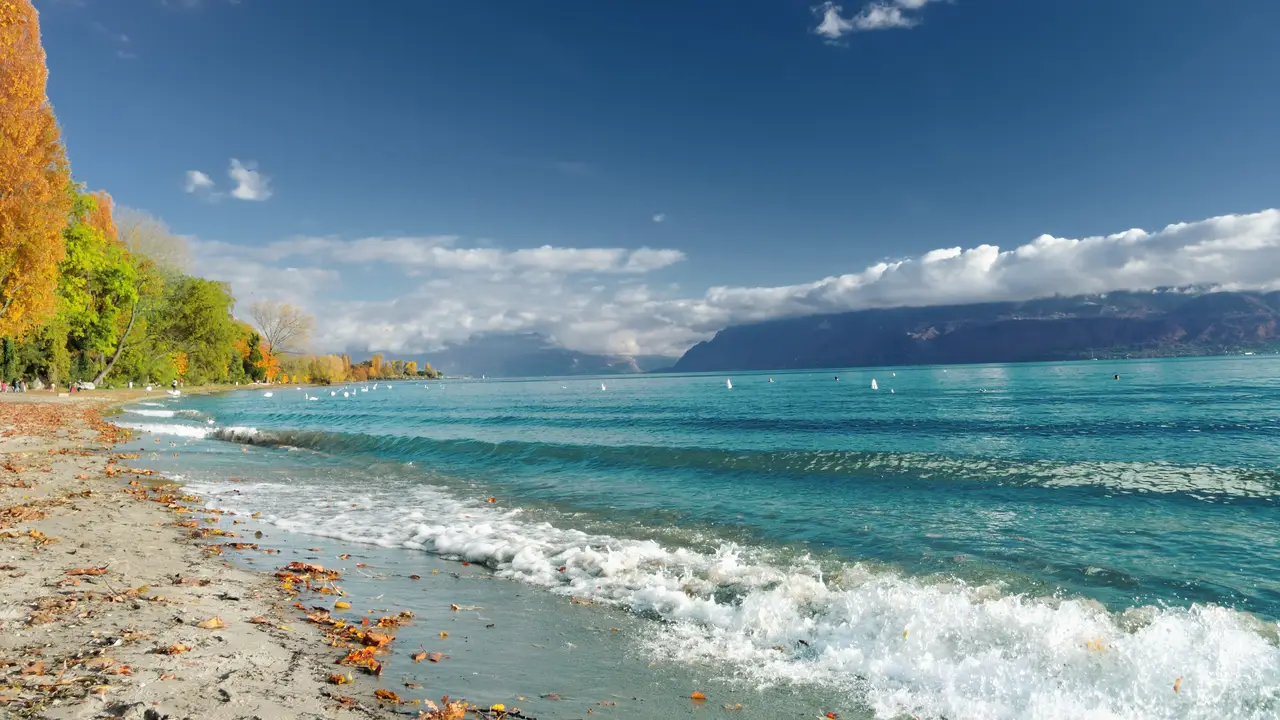
Lake Geneva is the first place I recommend to anyone visiting Switzerland’s most international city. Nestled between the Alps and Jura mountains, this crescent-shaped lake offers both peaceful waterfront walks and fun water activities. The lake stretches for 45 miles, with the famous Jet d’Eau fountain shooting water 460 feet into the air, making it impossible to miss from anywhere along Geneva’s shoreline.
St. Pierre Cathedral
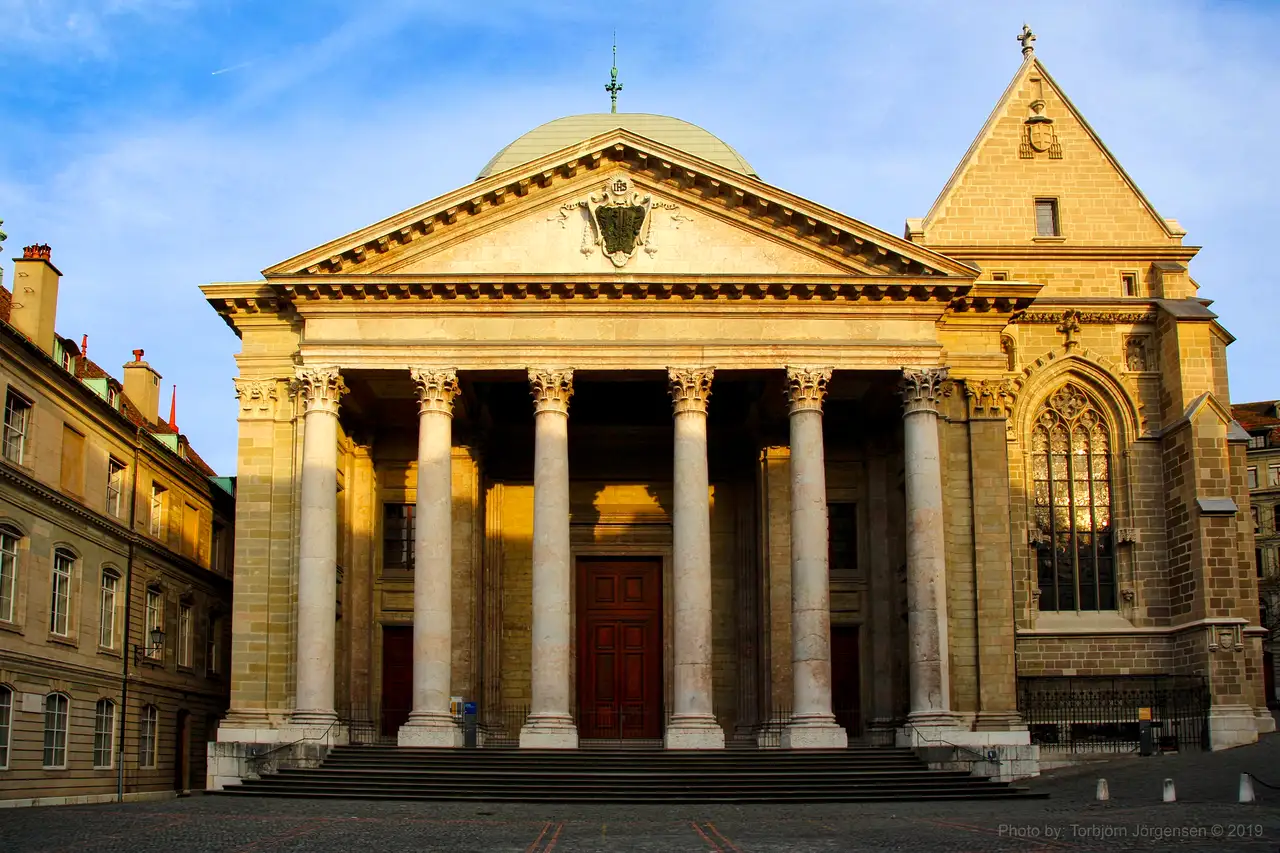
Among Geneva’s most iconic religious landmarks, St. Pierre Cathedral stands proudly on the city’s highest hill, where it has watched over the streets below since the 12th century. This ancient cathedral played a central role in the Protestant Reformation, as John Calvin himself preached from its pulpit in the 1500s. While its two main towers offer some of the best views over Geneva and Lake Léman, it’s the mix of architectural styles inside that really tells the cathedral’s story – from Roman remains in the basement to Gothic chapels above. Climbing the 157 steps to the top isn’t exactly a walk in the park, but the panoramic views of the Alps and the city’s rooftops make every step worth the effort.
Jardin Anglais
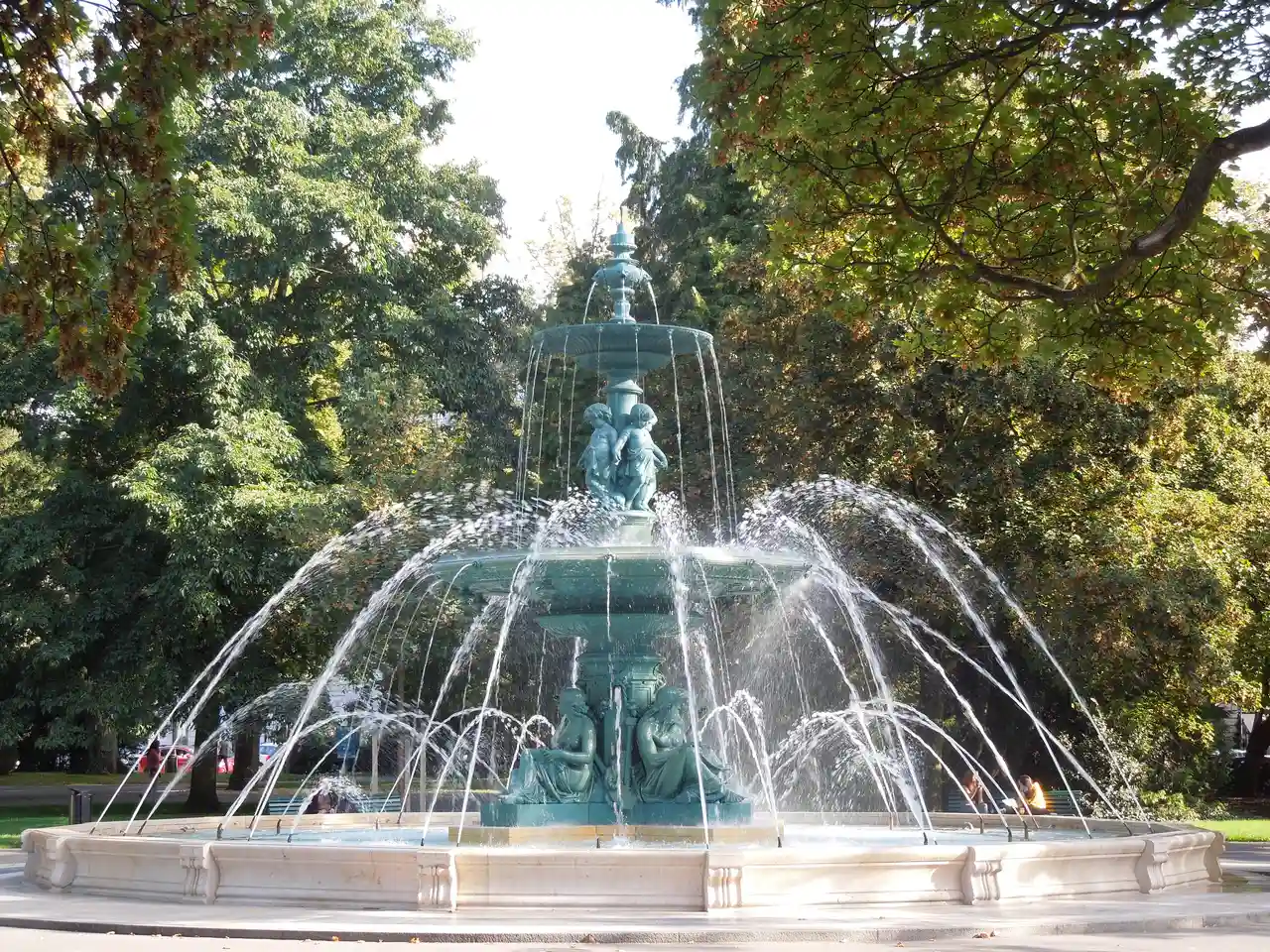
Any trip to Geneva should include a stop at the Jardin Anglais. Located along Lake Geneva’s picturesque shoreline, this English-style garden is home to the city’s famous Flower Clock – a working timepiece made entirely of seasonal blooms. The garden offers peaceful pathways, shaded benches, and some of the best views of the Jet d’Eau fountain shooting up from the lake.
CERN
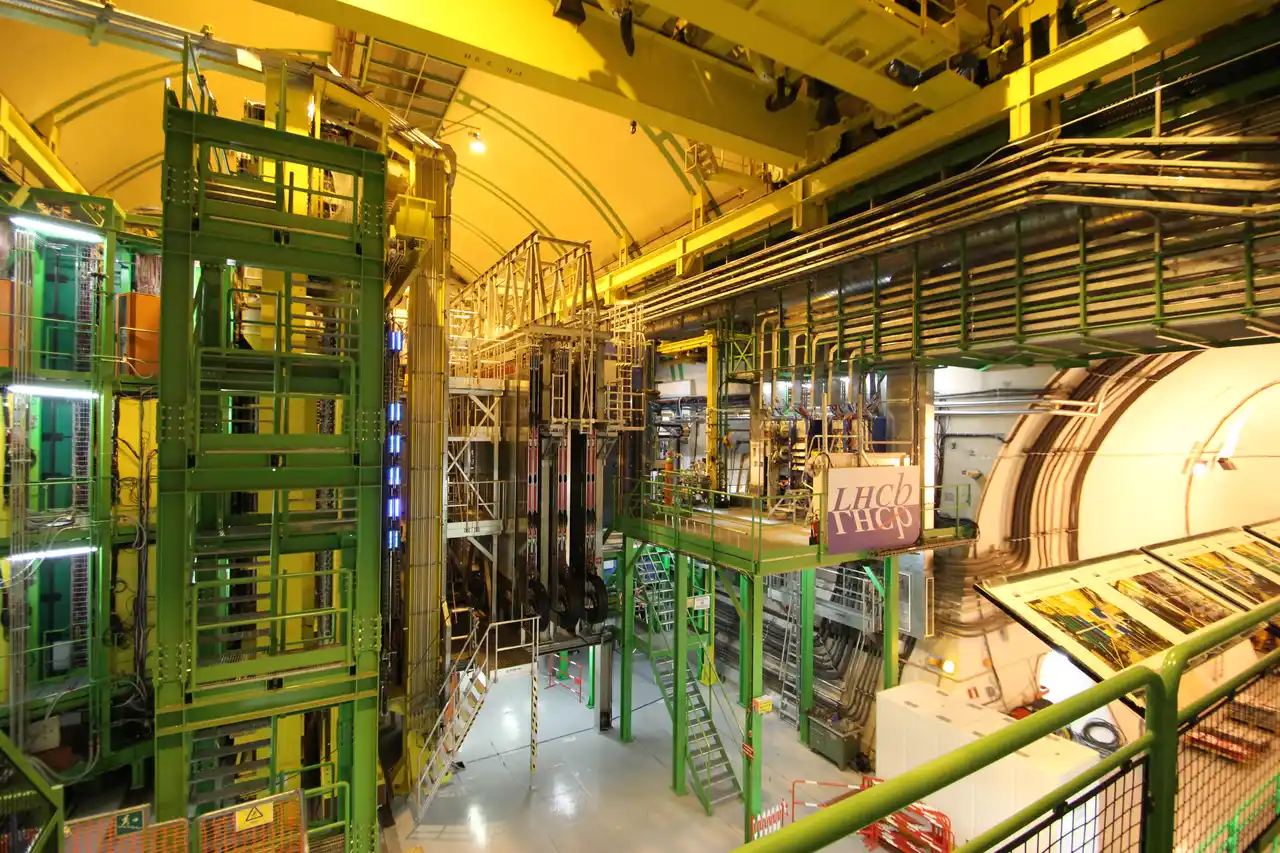
If you’re interested in science, you need to visit CERN, the European Organization for Nuclear Research. Located just outside Geneva’s city center, this world-famous laboratory is where scientists work with the Large Hadron Collider to uncover the mysteries of our universe. You can take guided tours of the facility, explore interactive exhibits at the Globe of Science and Innovation, and learn about groundbreaking discoveries like the Higgs boson particle.
Bains des Pâquis
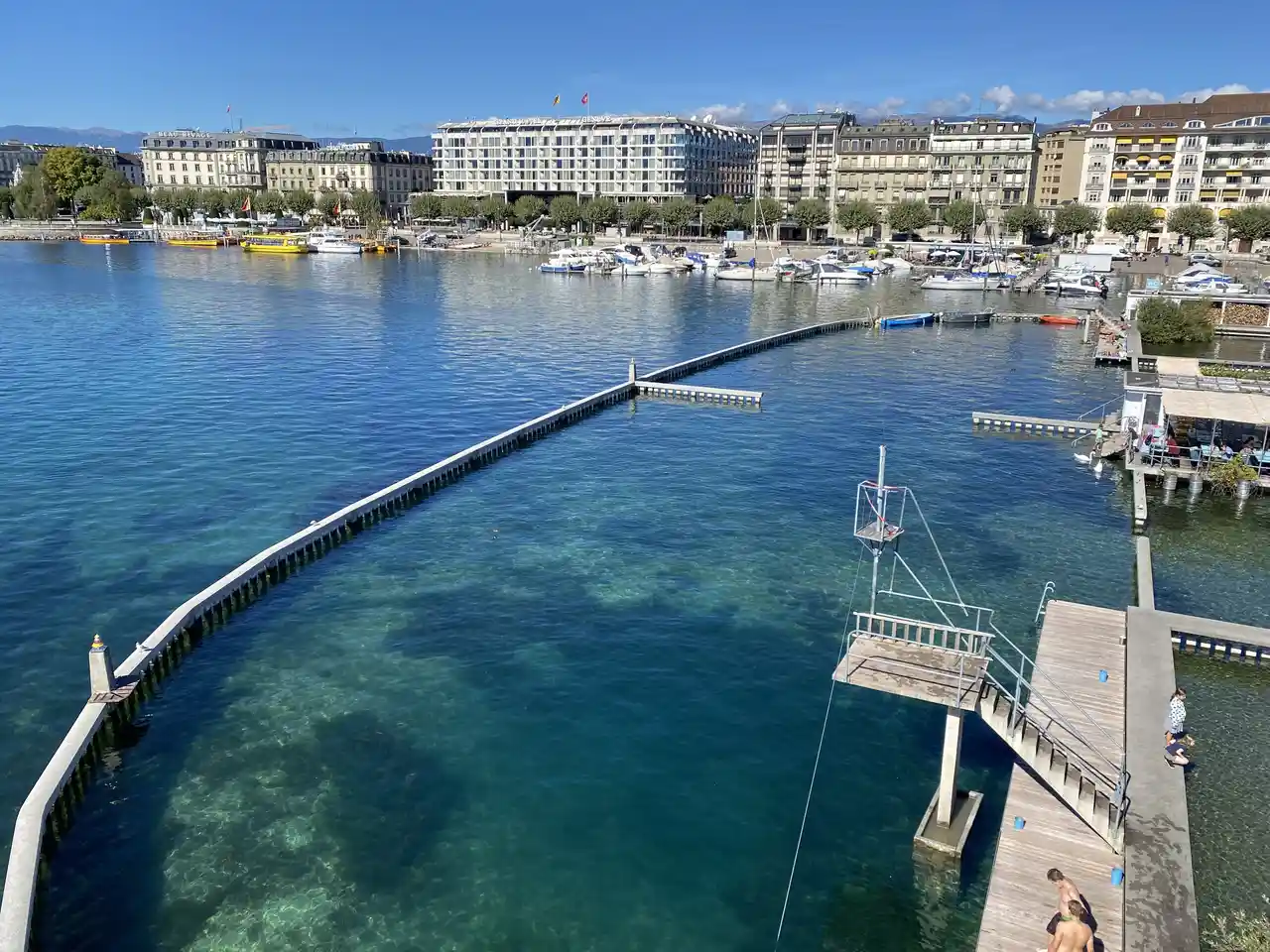
Of all the local spots I’ve visited in Geneva, few capture the city’s spirit quite like Bains des Pâquis. This public beach and bathhouse sitting right on Lake Geneva has been a favorite gathering place for locals since the 1930s. In summer, you’ll find people swimming, sunbathing, and enjoying casual meals at the waterfront restaurant, while winter draws brave souls to the sauna and hammam after a chilly dip in the lake. It’s not a fancy place – the concrete pier and simple facilities keep things wonderfully down-to-earth – but that’s exactly what makes it special. Those who venture here get to experience Geneva like a true local, away from the polished diplomatic quarters and luxury shops.
Old Town Geneva
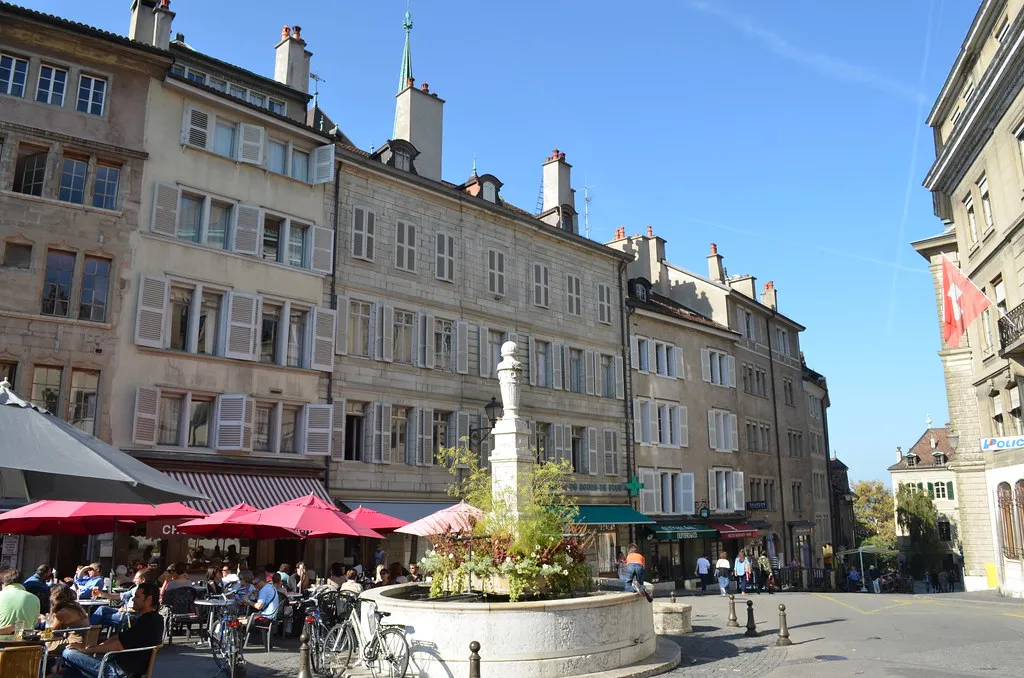
Of all the places I’ve explored in Geneva, none capture the city’s soul quite like Old Town. This maze of cobblestone streets and historic buildings takes you back through centuries of Swiss history, where every corner tells a story. As you wander past the Saint Pierre Cathedral and through the winding alleyways, you’ll discover hidden squares, charming cafes, and antique shops that have called these streets home for generations. It’s not just a tourist spot – it’s where locals still live and work, bringing together the old and new in a way that makes Geneva special.
Parc des Bastions
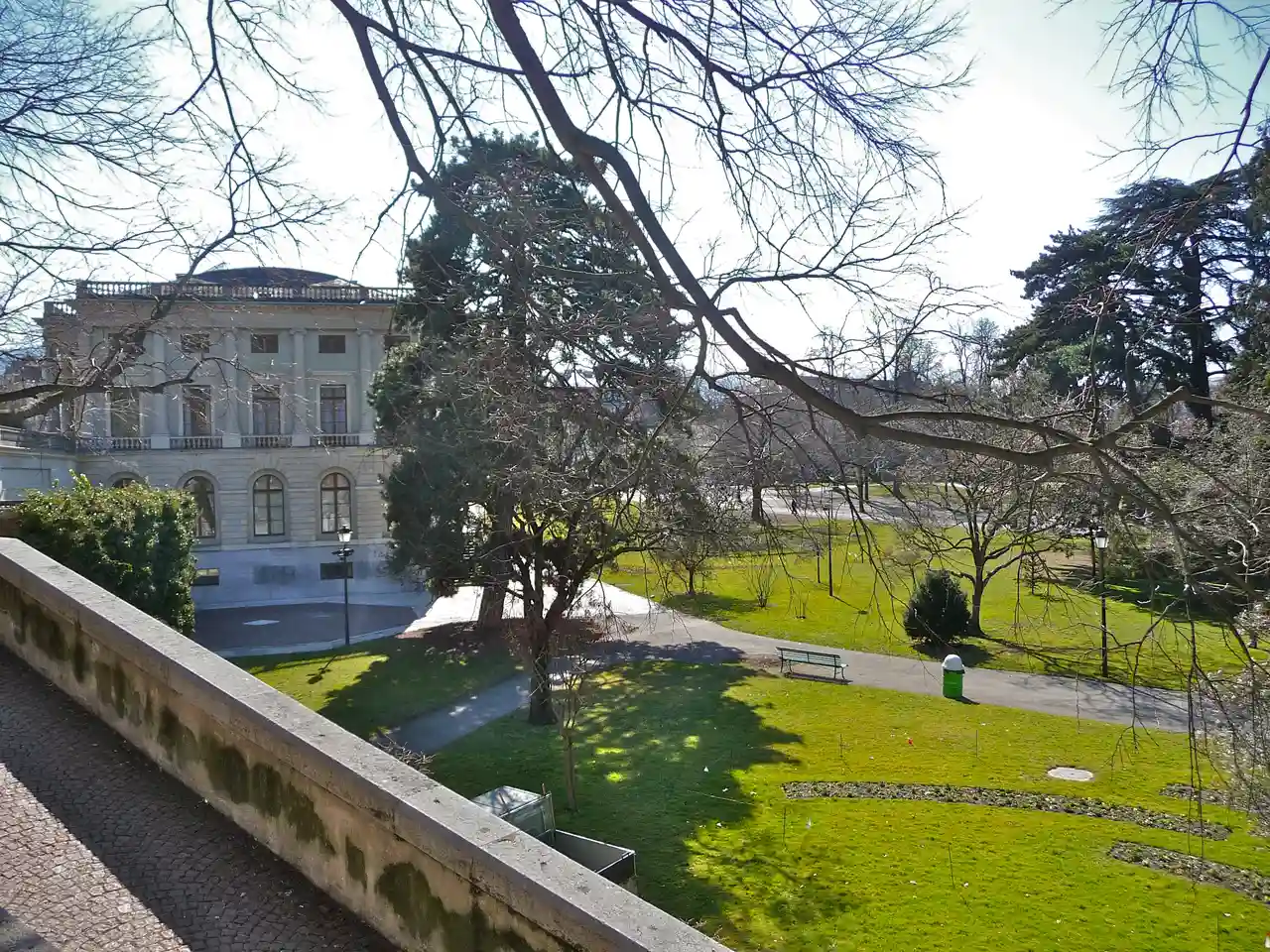
Looking for a peaceful escape in the heart of Geneva? Parc des Bastions has been my go-to sanctuary since I first discovered it in 2015. Nestled between the Old Town and Plainpalais, this historic park stretches across manicured lawns and shaded pathways lined with century-old chestnut trees. The famous Reformation Wall stands proudly along one edge, while giant chess boards draw locals and tourists alike for friendly matches. I love how the park transforms each season – from summer picnics on the grass to autumn leaves creating a golden carpet, and winter days when the park’s café becomes a cozy refuge. The old university building adds a scholarly charm to the atmosphere, and you’ll often spot students sprawled on benches with their books or sharing laughs over coffee at the park’s restaurant.
Reformation Wall

Many visitors come to the Reformation Wall to explore Geneva’s religious heritage, but this impressive monument in Parc des Bastions represents much more than just Protestant history. The 100-meter-long wall features large statues of four Geneva luminaries – John Calvin, Theodore Beza, John Knox, and William Farel – who played key roles in the Protestant Reformation. Located near the University of Geneva, the monument tells the story of how this Swiss city became an important center of religious reform in the 16th century. While the wall draws history buffs and religious scholars throughout the year, its peaceful park setting also makes it a favorite spot for locals to relax, study, or enjoy a quiet afternoon in the shade of the old city walls.
Museum of Art and History
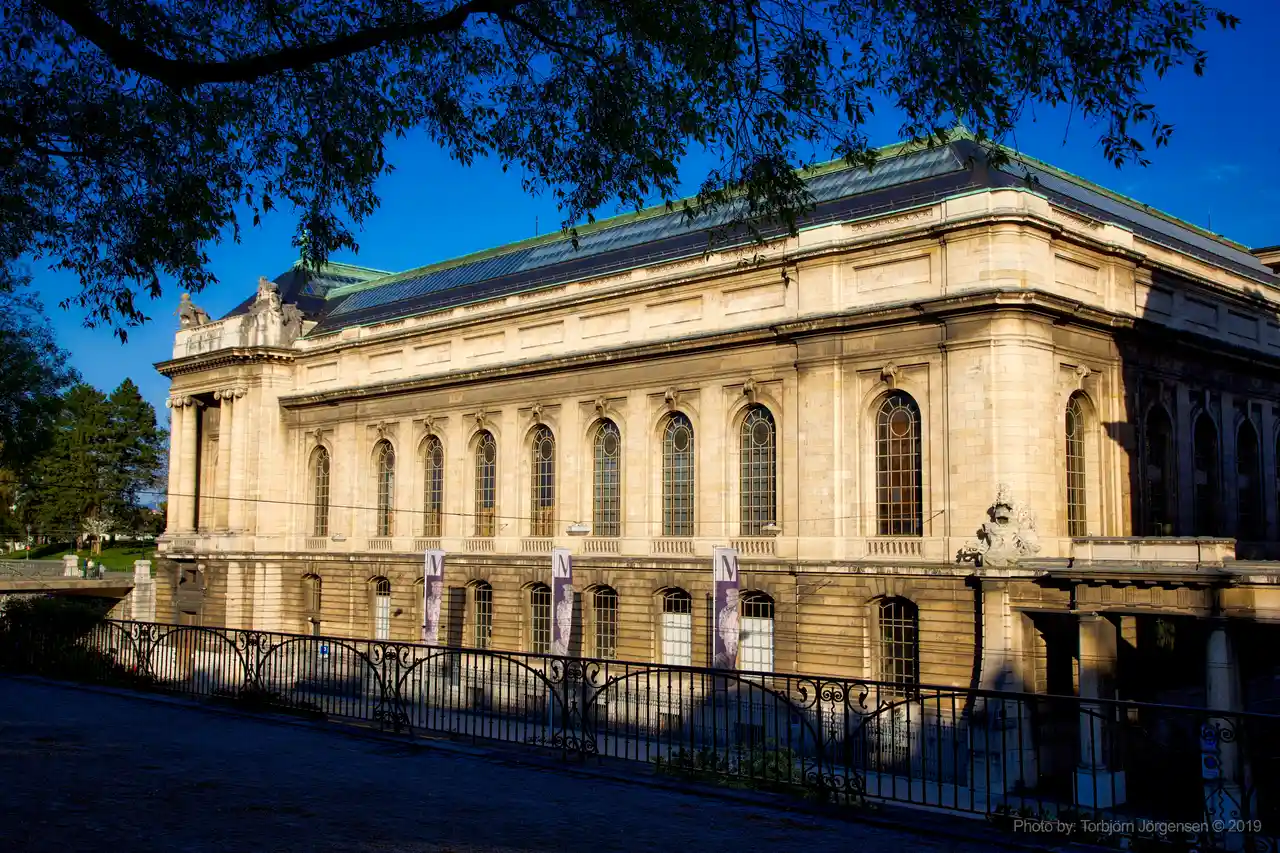
Located in the heart of Geneva’s Old Town, the Museum of Art and History stands as Switzerland’s largest universal museum. Like many European museums, it houses paintings and artifacts, but what sets it apart is how it tells Geneva’s story through the ages. As you wander through its limestone walls, you’ll find yourself moving from ancient Egyptian treasures to medieval armor, and on to local artworks that shaped the city’s identity. Because of Geneva’s unique position as a cultural crossroads, the museum became a melting pot of artifacts from East and West, and you’ll spot everything from Roman relics to masterpieces by local artists like Jean-Étienne Liotard. The building itself, dating back to 1910, reflects the city’s commitment to preserving its cultural heritage, and you’ll notice how each room seems to whisper tales from different centuries.
Broken Chair Sculpture

Ever wondered what a massive wooden chair with a broken leg symbolizes? At 39 feet tall, the Broken Chair sculpture stands guard outside the United Nations Office in Geneva, serving as a powerful reminder of landmine victims and their resilience. Created in 1997 by artist Daniel Berset, this striking monument was only meant to be temporary but became such an important symbol of hope that it earned a permanent spot in the city. It’s the kind of art that stops you in your tracks – not just because of its size, but because of the story it tells about human rights and dignity. You’ll often see tourists and locals alike gathering around this memorable landmark, which has become one of Geneva’s most photographed spots.
Bet You Didn’t Know:
Standing tall at 39 feet outside the United Nations Office in Geneva, the Broken Chair sculpture isn’t just any ordinary piece of art – it’s actually a powerful symbol created in 1997 to support the ban of land mines and help cluster bomb victims. The massive wooden chair with its broken leg has become such a recognizable landmark that many visitors don’t realize it was only meant to be temporary, but the city loved it so much they decided to keep it permanently.
Mont Salève
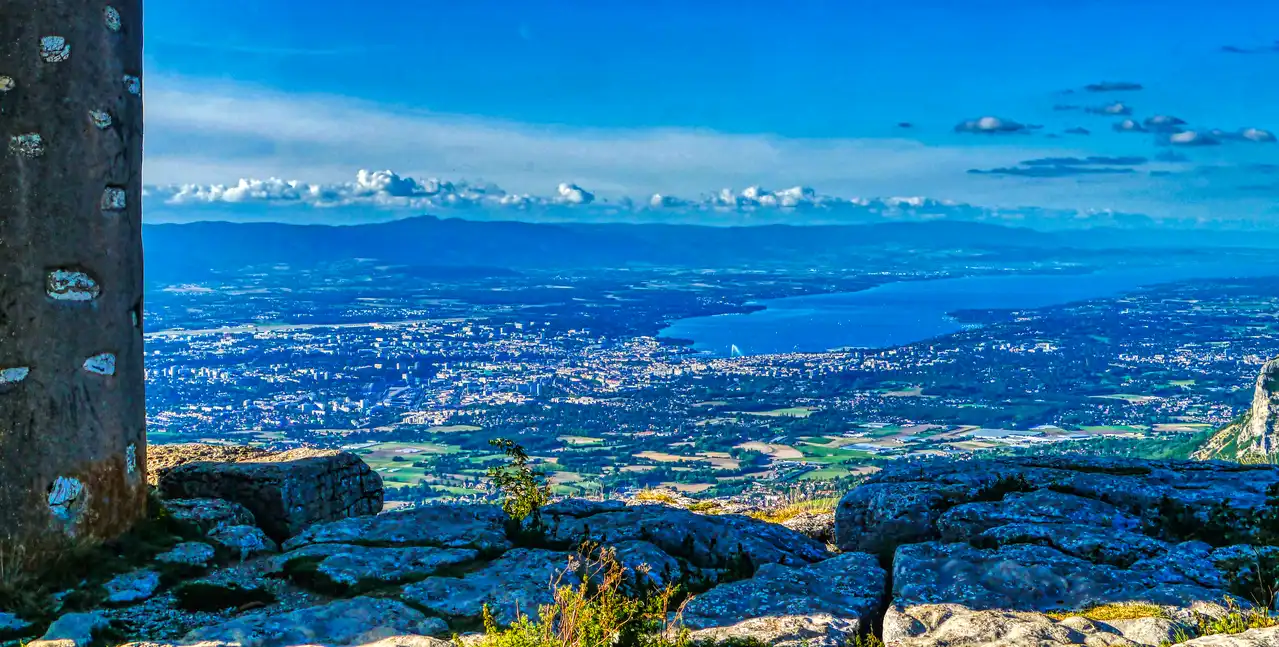
Known to locals as Geneva’s “home mountain,” Mont Salève sits just across the French border, offering a quick escape from the city’s bustle. Rising 1,379 meters above sea level, this limestone ridge has been drawing visitors since the early 1900s when the first cable car was installed. A modern telepherique now whisks you to the summit in just five minutes, where panoramic views stretch across Lake Geneva, the Jura Mountains, and on clear days, the snow-capped peak of Mont Blanc. The mountain’s extensive network of hiking trails winds through pine forests and meadows, while its limestone cliffs have made it a favorite spot for rock climbing and paragliding. The restaurant at the top serves traditional French-Swiss cuisine, letting you savor local specialties while gazing down at Geneva’s sparkling lights below.
Flower Clock
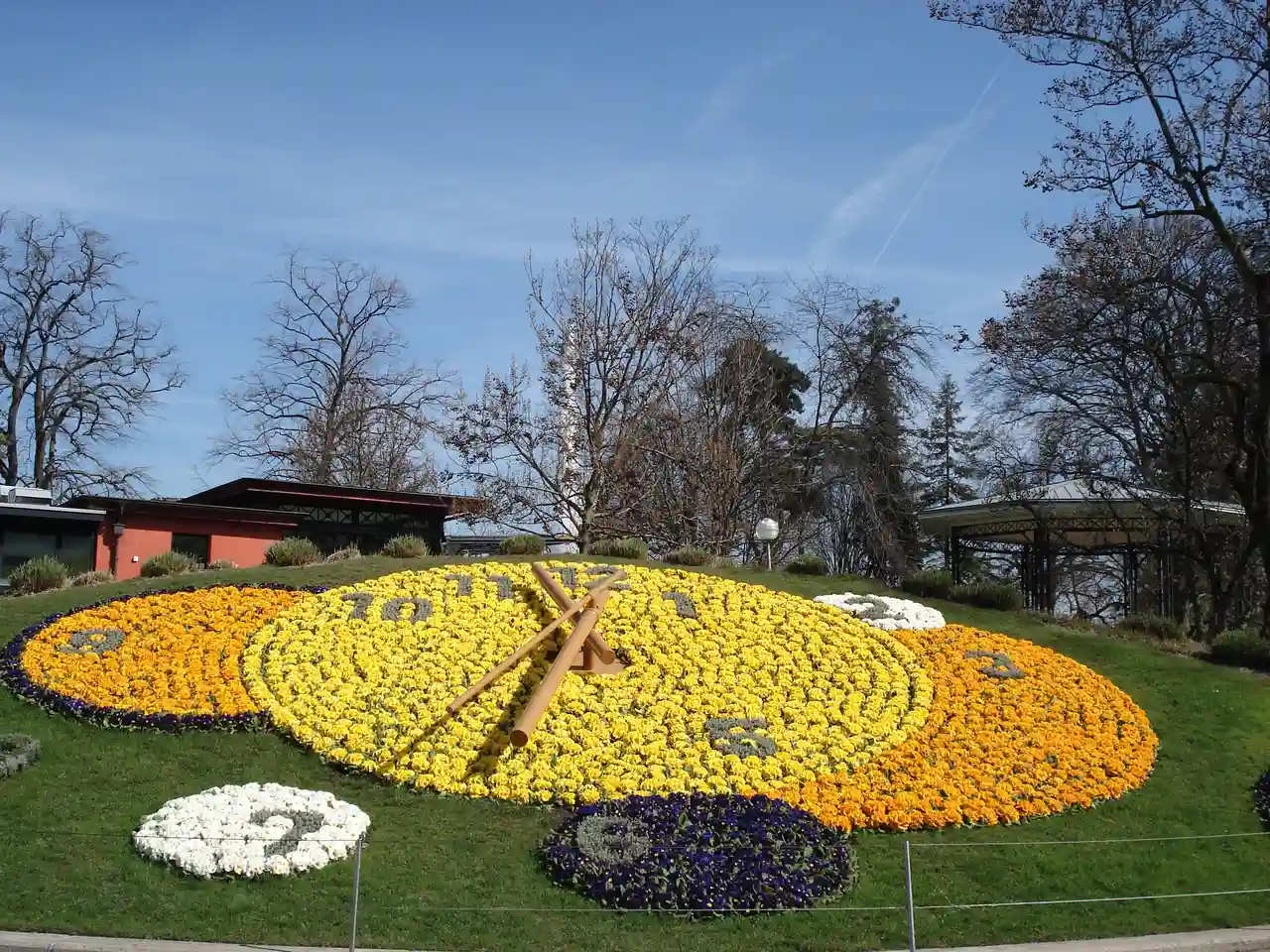
Many visitors flock to Geneva’s L’horloge Fleurie (Flower Clock) in the English Garden, a unique blend of Swiss precision timekeeping and natural beauty. This living timepiece, created in 1955, is made up of more than 6,500 flowers and plants that change with the seasons, making it one of the city’s most photographed spots. While the clock itself draws attention for its impressive mechanical engineering – it actually keeps perfect time – the surrounding garden offers a peaceful escape from the busy streets. You can pair your visit with a stroll along Lake Geneva’s shoreline or stop by during different seasons to see how the flower arrangements transform throughout the year.
Place du Bourg-de-Four

Located in Geneva’s charming Old Town, Place du Bourg-de-Four stands as the city’s oldest public square. This lively gathering spot has been the heart of local life since Roman times, lined with cozy cafes, historic buildings, and a classic 18th-century fountain. I always suggest visitors grab a coffee at one of the outdoor terraces and watch the mix of locals and tourists stroll through this picturesque square – it’s the perfect place to experience Geneva’s laid-back atmosphere.
Geneva Botanical Garden
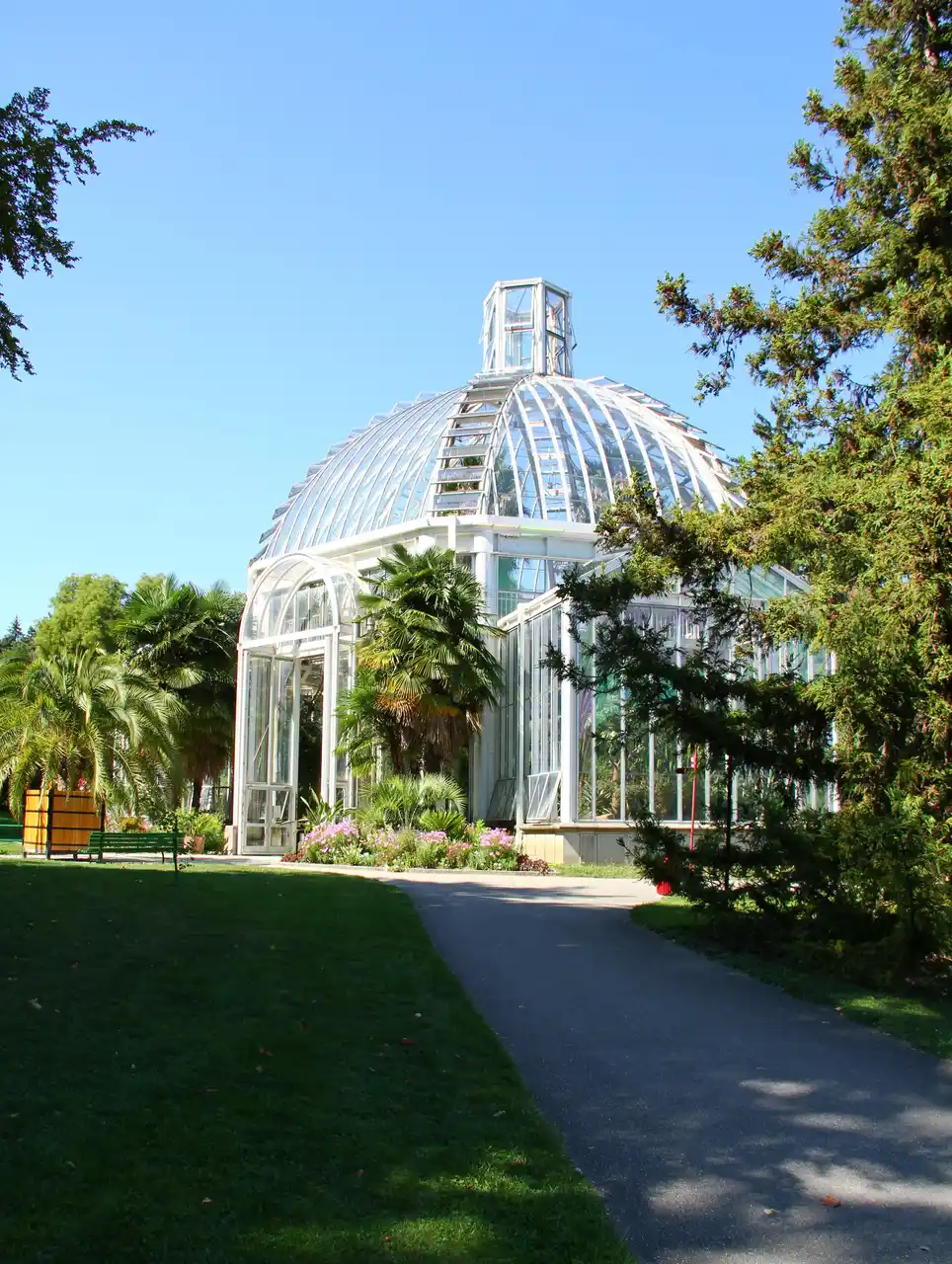
Step into a peaceful oasis at the Geneva Botanical Garden, a 69-acre green space filled with over 12,000 plant species from around the world. You can wander through different themed gardens, including a historic rose garden, alpine meadows, and greenhouses packed with tropical plants. The Winter Garden greenhouse is a local favorite, where you can escape cold days while exploring exotic flowers and plants. For a relaxing afternoon, bring a book to read by the garden’s small streams and ponds, or join one of the free guided tours to learn about the garden’s rare plant collections and conservation efforts.
Museum of Natural History
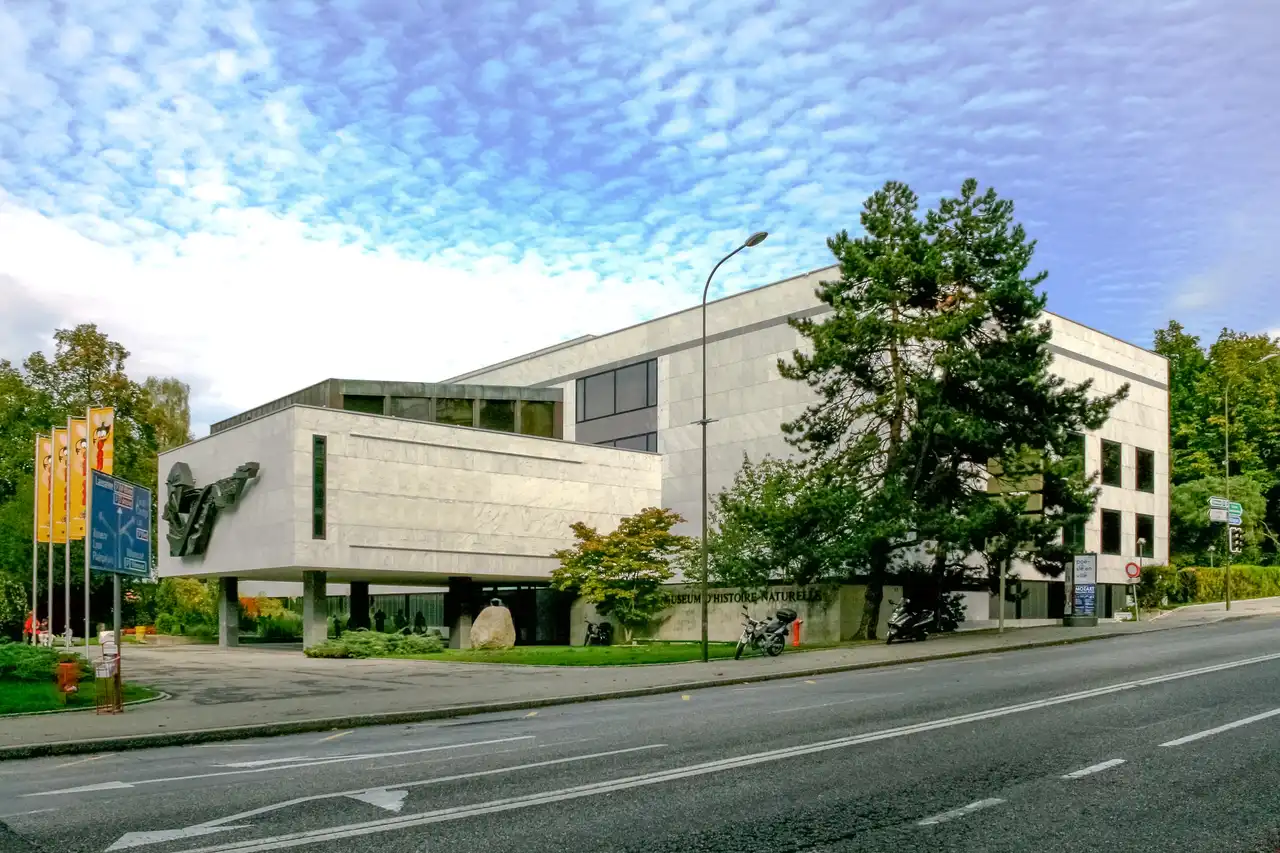
Of all the museums I’ve explored in Geneva, the Museum of Natural History holds a special place in my heart. This four-story treasure trove houses everything from local wildlife specimens to prehistoric fossils, making it Switzerland’s largest natural history museum. Kids and adults alike gather around the life-sized replicas of African animals and peer into cases filled with glittering minerals and rare insects. It’s not just about looking at displays – the museum brings science to life through hands-on exhibits and regular workshops. What really makes this place stand out is how it tells the story of our natural world in a way that connects with visitors, whether you’re a serious science buff or just curious about the planet we call home.
Bet You Didn’t Know:
Did you know that this museum houses over 15 million specimens, including Darwin’s original animal specimens from his voyage on the HMS Beagle? The collection includes everything from local wildlife to exotic creatures from around the world, making it one of Switzerland’s most complete natural history collections.
Parc La Grange
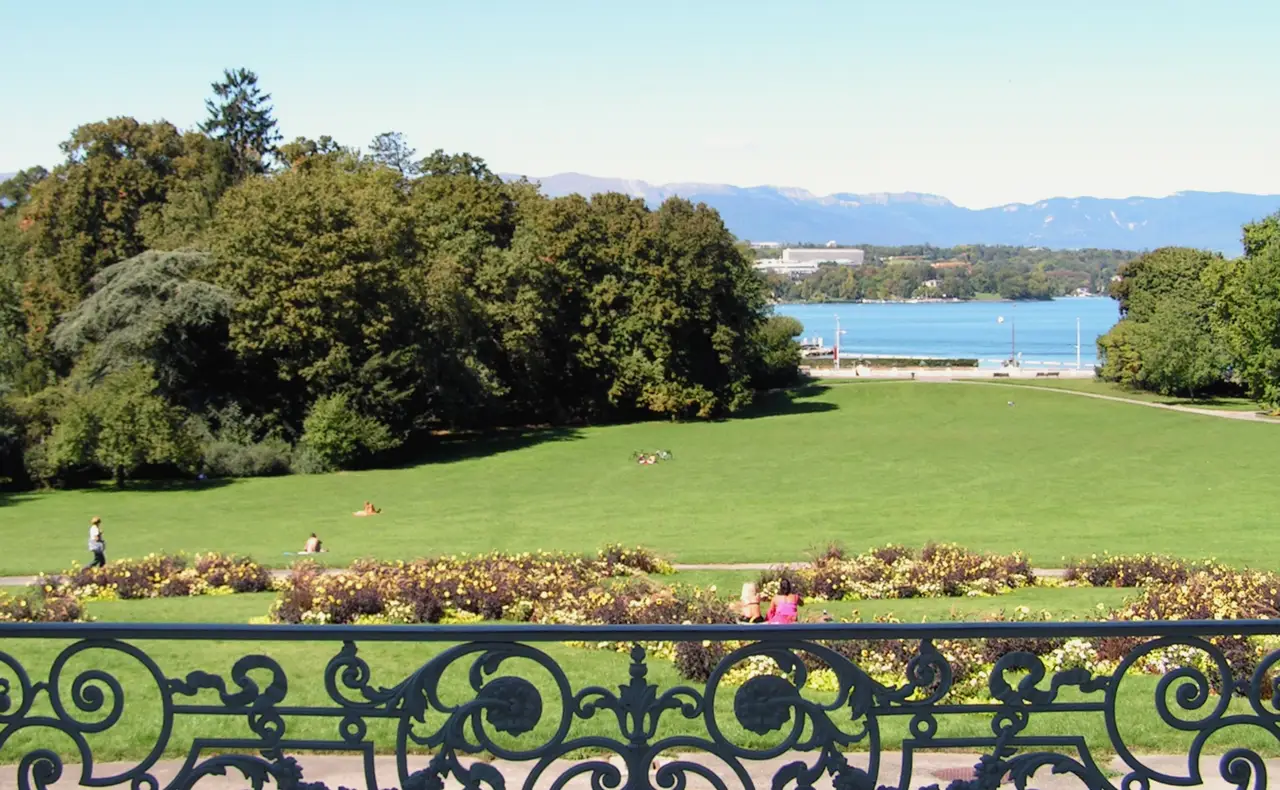
Nestled on the eastern shore of Lake Geneva lies the sprawling Parc La Grange, one of the city’s largest public parks. Like many green spaces in Geneva, it started as a private estate, but today it’s where locals come to escape the bustle of city life. Walk through the grounds and you’ll discover an 18th-century villa, meticulously maintained rose gardens, and centuries-old trees that provide welcome shade on warm summer days. What sets this park apart is its cultural significance – during summer evenings, the park comes alive with free concerts at its open-air theater, while picnicking families spread blankets on the gently sloping lawns. Thanks to its former owners, the Favre family, who gifted it to the city in 1918, the park maintains much of its original character with its ornate fountains and perfectly trimmed hedges.
International Red Cross Museum
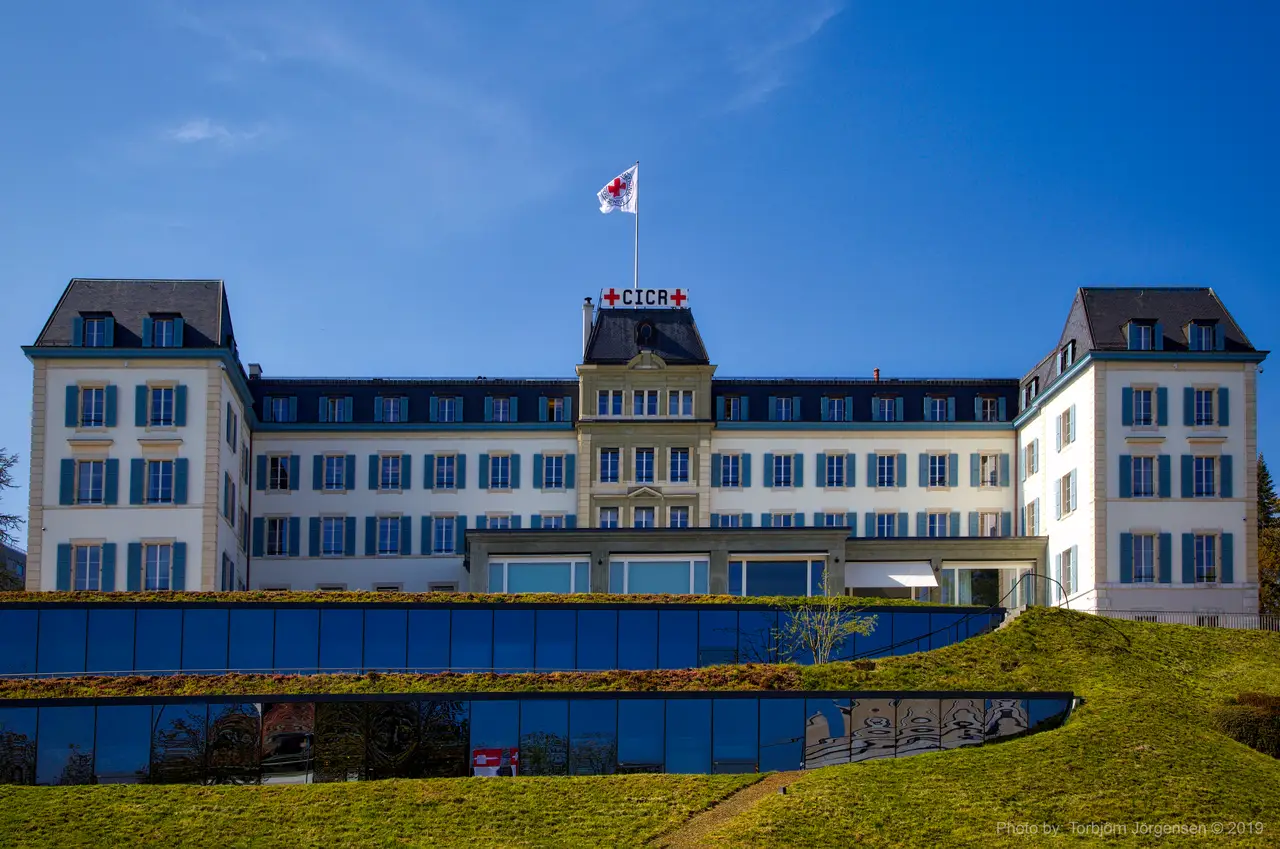
Take a moving journey through humanity’s quest for peace at the International Red Cross Museum Geneva. This unique museum tells powerful stories of human resilience and compassion through interactive exhibits and historical artifacts. You can explore three distinct areas focusing on defending human dignity, restoring family links, and reducing natural risks. For a deeper understanding, join one of their guided tours where expert docents share compelling stories behind the Red Cross movement’s 150-year history. It’s an eye-opening experience that helps visitors appreciate the organization’s vital work in crisis zones around the world.
Geneva Water Fountain
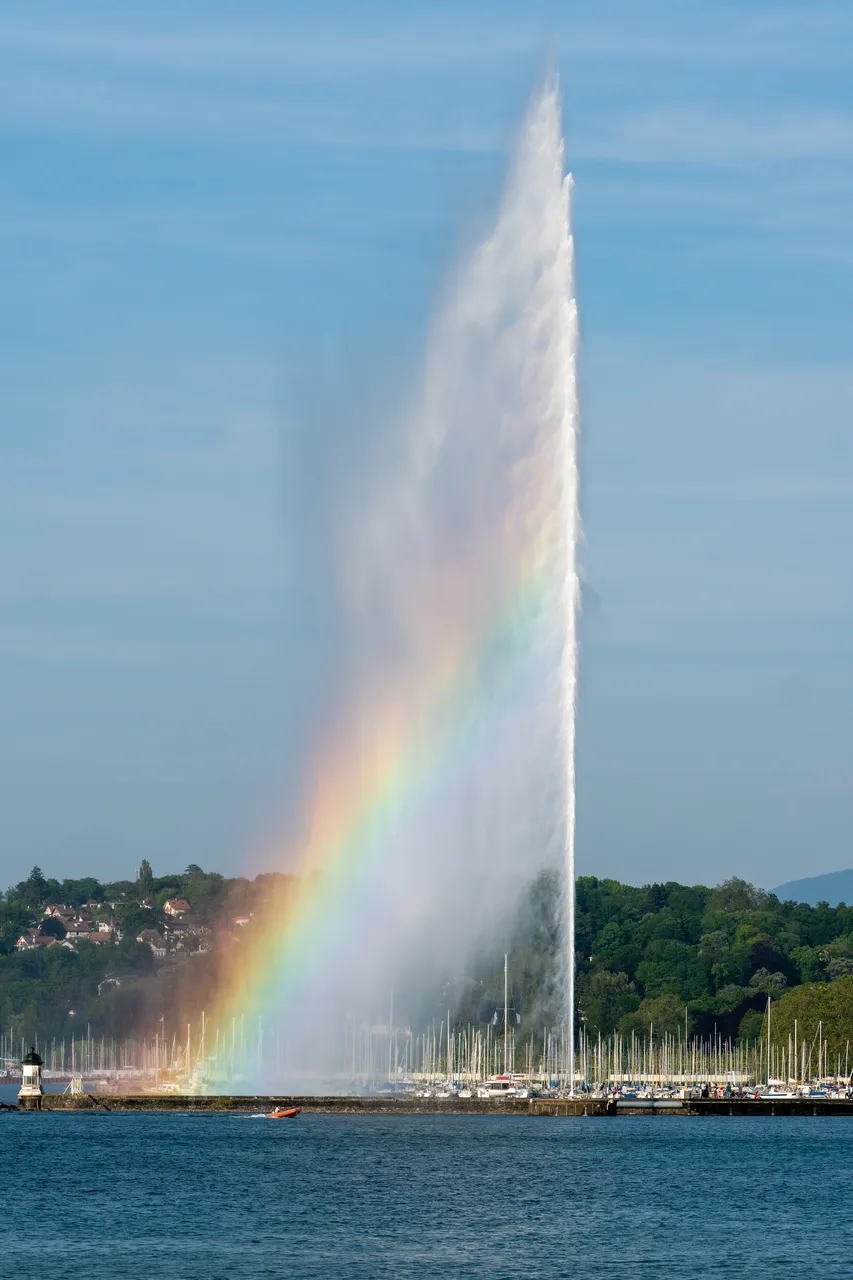
The Geneva Water Fountain, or Jet d’Eau as locals call it, has been shooting water into Lake Geneva’s sky since 1891. This iconic landmark sits where Lake Geneva meets the Rhône River, pumping 132 gallons of water per second to a height of 460 feet. I first saw it on a crisp autumn morning in 2019, when its white plume seemed to merge with the clouds above. The fountain started as a simple pressure release valve for the city’s hydraulic power network, but today it’s Geneva’s most recognizable symbol. Walking along the lake’s edge, you’ll spot dozens of visitors taking photos as the water creates ever-changing patterns in the air, while local joggers and families barely give it a second glance – it’s just part of their daily backdrop.

